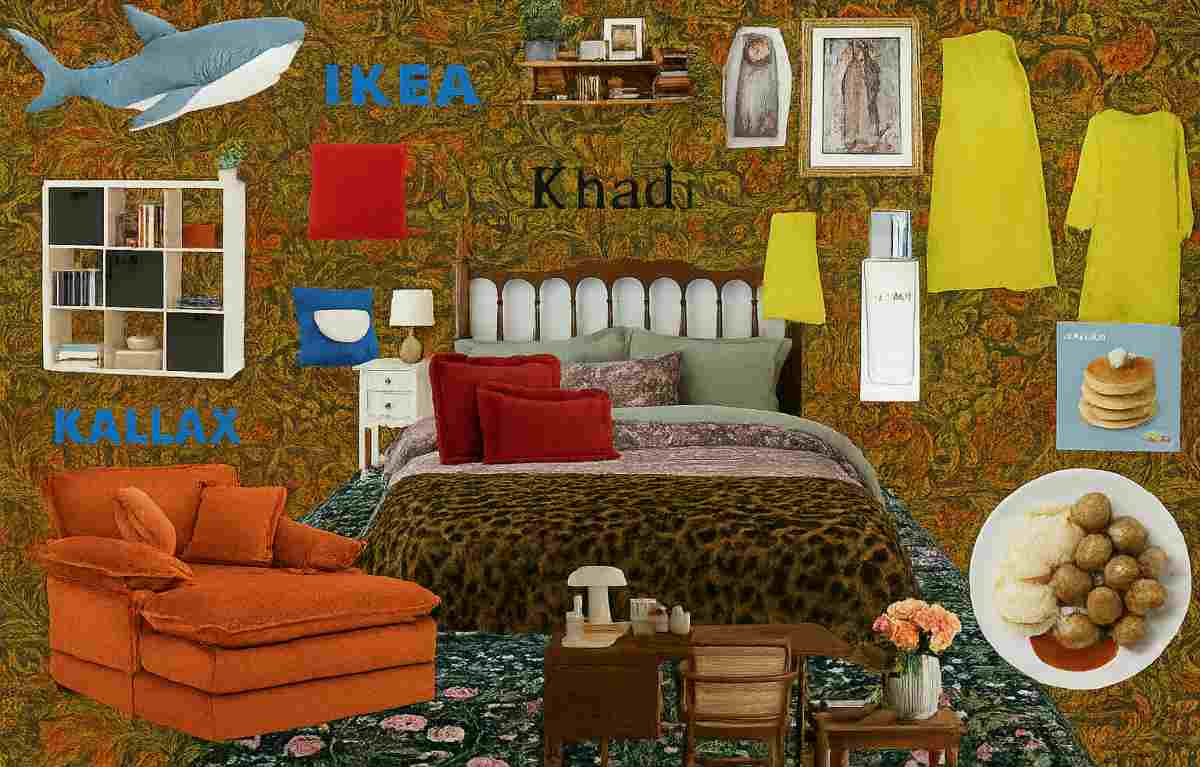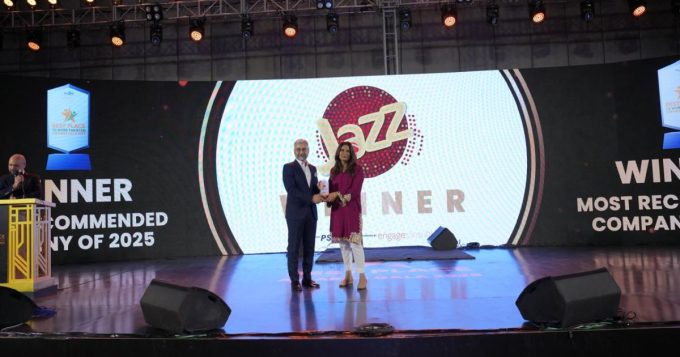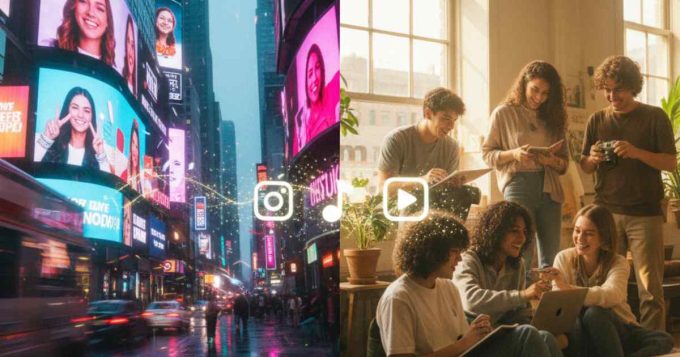You walk into a Khaadi store “just to take a look” at the new lawn collection or to buy a matching pair of trousers for a shirt, but 30 minutes later… You’re holding a chai cup, also a cup of chai, a bottle of perfume and 3 beautifully printed kurtis in your hands.
This is the ecosystem effect: when a brand creates interconnected touchpoints that shape how people live, not just what they purchase. The most successful brands have mastered this by offering a complete lifestyle, not a single product.
Khaadi & IKEA: When Stores Become Mini Worlds
You don’t just shop at Khaadi or just buy from IKEA; instead, you enter them.
There was a time when brands just focused on selling their items, but now they have begun creating these mini worlds and want you to live inside them. The moment you walk into the store, you are part of their story, a lifestyle that they’ve designed for you. You are more than just a customer. Both brands have evolved far beyond selling things. They have built ecosystems, living, breathing worlds of culture, design, and experience.

In Pakistan, it’s not just Khaadi, which has just hopped on the bandwagon, but other brands like Ideas and Sapphire have done the same. Brands are no longer just the companies. They are ecosystems, where you can buy everything from the clothes on your body, the food that you eat and the chair you will sit on. And among Pakistani brands, Khaadi is the one that cracked that code first.
Starting with IKEA, the Swedish retail labyrinth that turns furniture shopping into a full-day adventure. You enter to “look for a chair” and emerge hours later with tea lights, a rug, and a hot meal.
This is not accidental; it’s a carefully made psychology that is IKEA’s fixed-path layout, a carefully designed maze that will urge you to roam, and every aisle will whisper, “You need this.”
Khaadi does something similar as well, but instead of furniture showrooms, you walk through style worlds that are led by Pakistan’s cultural heritage. From the latest fashion line to home décor corners to fragrance stations, every part of the store feels like its own little narrative. They let you choose your own story, allowing you to stay true to your traditional style and own a piece of culture that remains with you. Both brands design their spaces not just to display, but to immerse. You don’t rush through; you wander.
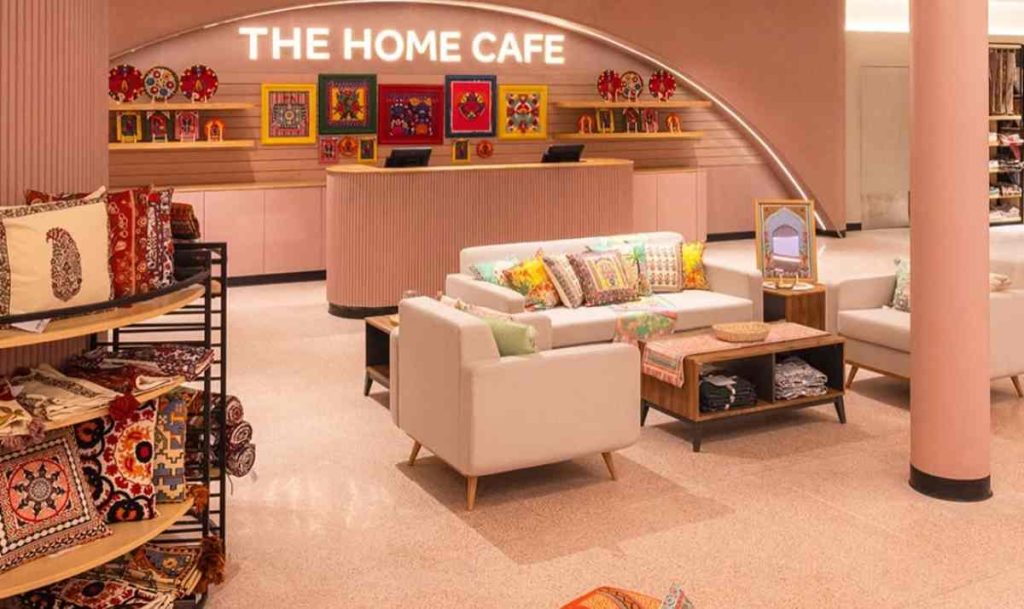
The Food Factor: When Shopping Meets Dining
Here’s where both brands truly transcend retail: they feed you.. Literally.
At IKEA, the meatballs are legendary. They’re not just an add-on; they’re part of the journey. You shop, you rest, you eat, and then you shop some more. Food keeps you inside the world longer, physically and emotionally.
Khaadi is applying the same strategy but garnishes it with some culture. Inside many flagship stores, you’ll find Kanteen, Khaadi’s own café concept. Think of it as a continuation of the brand experience, not a break from it. It is a place where earthy fabrics meet wooden tables and the hanging teapots as a reminder to embrace your culture.
Just like IKEA’s cafeteria keeps you in the flow, Khaadi’s Kanteen keeps you in the feeling.

The Branded Universe: Fashion, Fragrance, and Feeling
Ecosystems thrive by branching out, by offering multiple ways to belong.
IKEA did this through furniture, décor, food, lighting, kitchenware, and even home-building services. IKEA didn’t just build furniture; it built a universe. What started as a humble mail-order catalogue for affordable flat-packed tables has turned into a full-blown lifestyle empire. Today, IKEA doesn’t simply help you furnish your home; it helps you live in one that feels designed for you.
- Furniture: the foundation of every home and the brand’s core identity.
- Décor: textiles, rugs, curtains, wall art, and the tiny touches that make spaces feel alive
- Lighting: minimalist, warm-toned fixtures that turn practicality into ambience.
- Kitchenware: from utensils and tableware to full kitchen setups.
- Food: hot meals like the famous Swedish meatballs, cinnamon buns, and salmon dishes served in-store.
- Packaged food: jams, biscuits, chocolates, sauces, and coffee you can take home.
- Toys: soft plushies, wooden sets, and kids’ room accessories that make childhood a part of the brand.
- Clothes: basic apparel and collaborations like the EFTERTRÄDA collection that extend IKEA’s design language to fashion.
- Bags: the iconic blue FRAKTA and its many stylish reimaginings, now a cult fashion item.
- Home-building and design services: planning, installation, and interior consulting to make living spaces fully “IKEA-fied.”
In the ecosystem of everyday living, IKEA has quietly built its own planet.

Khaadi followed a similar arc. It began as a single fabric shop, and today it’s a lifestyle universe. Khaadi didn’t stop at fabrics. It built an entire lifestyle, a colourful, scent-filled, culture-inspired universe.
• Khaadi Prêt: The core ready-to-wear line offering stitched and unstitched, everyday clothing with Khaadi’s signature prints and contemporary cuts. As well as festive wears for more formal or celebratory events.
• Khaadi Home: A complete home category featuring bedding, cushions, ceramics, table décor, and home accessories. The range also includes furniture pieces such as ottomans, benches, and small accent sofas.
• Khaadi Fragrance & Beauty: A collection of perfumes and body mists developed around expressive, modern scent profiles.
• Khaadi Accessories: A mix of jewellery, scarves, footwear and bags crafted with traditional techniques and updated with a modern design sensibility.
• Khaadi Chapter 2: A design-driven line built on hand-woven textiles, minimal silhouettes, and artisanal craftsmanship.
• Kanteen: An in-store café concept incorporated into Khaadi’s flagship spaces and even a flagship restaurant now, offering a food experience that complements the brand’s retail environment.
• Khaadi Gift Cards: For gifting purposes.
(Note: Khaadi Kids and Khaadi Man, previously part of the portfolio, are no longer active standalone categories.)
Each category doesn’t stand alone; it flows. You wear Khaadi; live in Khaadi, and eat Khaadi. That seamless crossover is the secret sauce of the ecosystem model. It’s not “What can I buy?” anymore. It’s “What else can I experience?”
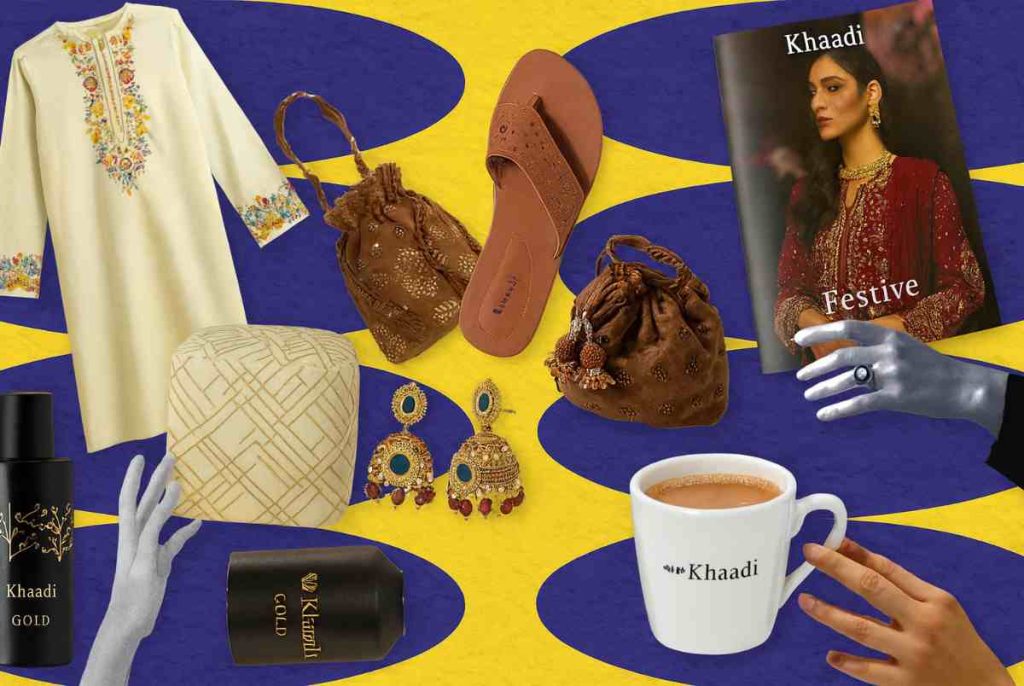
A Trip Within The Store
Ever noticed how you can never just walk through a Khaadi store and an IKEA Store? You always wander.
There is a psychology to that. Like IKEA’s famous maze layout. Khaadi’s store design makes you feel you’re exploring a world. The interior of Khaadi is a kaleidoscope of cultural elements, colours changing, fabrics whispering, and the orangey colours make you feel like you’re in a summer’s dream.
IKEA’s interiors are carefully orchestrated to guide you on a journey. Every corner showcases a new room setup, furniture styled in real-life scenarios, and lighting that shifts subtly as you move. The muted Scandinavian tones, combined with natural wood accents and pops of colour in décor, make you feel like you’ve stepped into a modern home inspiration magazine.
You are not experiencing all of this by accident. This is what marketers call the immersive experience effect, when shopping feels less like a task and more like a mini-vacation. You stay longer, discover more, and end up forming a memory with the brand. Once you associate a brand with emotion instead of transaction, it’s game over; they’ve got you.
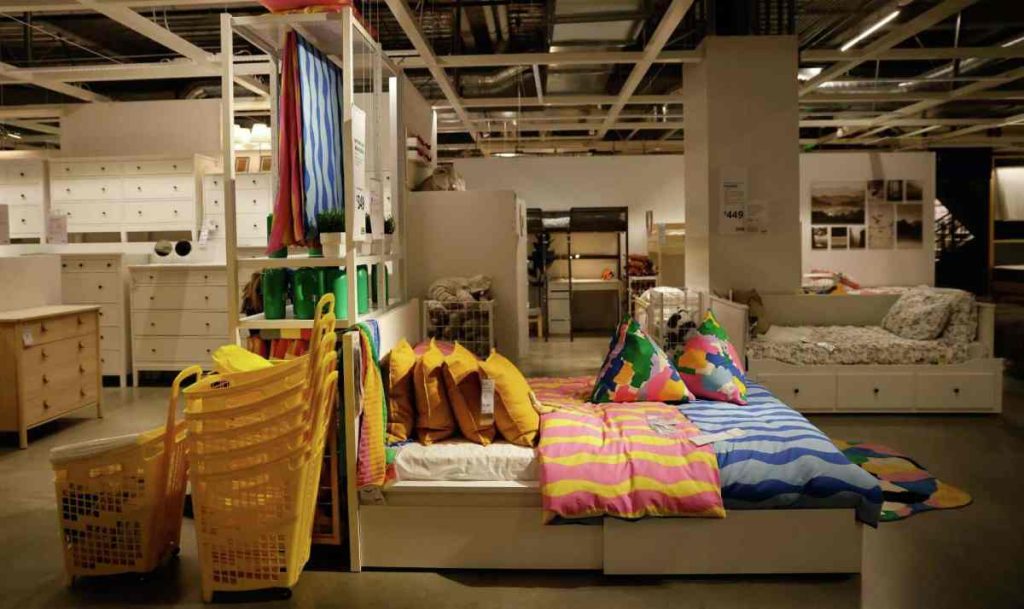
The Idea of Belonging
The idea of belonging is more than a nice sentiment in retail; it is a real business advantage. People do not choose Khaadi or IKEA just because something looks good or fits their budget. They choose them because the brands say something about who they are and the lives they want to build.
Khaadi has built itself into a very specific cultural moment. It gives women a way to honour their roots while still feeling current. It signals that you can be traditional without being outdated, and modern without letting go of where you come from. That balance speaks directly to a generation that is constantly negotiating both worlds.
Read More: The Giorgio Armani Universe
IKEA works on a different but equally emotional level. The store is designed to make you imagine a better version of your daily life, a calmer bedroom, a warmer kitchen, a living room where people actually linger. Every room setup nudges you into picturing your own routines taking place there. It is subtle, but it is powerful.
When brands achieve that kind of emotional pull, customers stop being just customers. They become loyalists and eventually part of a community around the brand. That is where most companies struggle: they can sell products, but they cannot make people feel something.
Khaadi’s strength is that it is not trying to imitate global retail playbooks. It is building its own South Asian model, one that blends culture, design, and personal expression in a way that feels familiar and genuine.
This is what branding is moving towards: not simply being visible, but being meaningful. Not just being known, but being felt.

